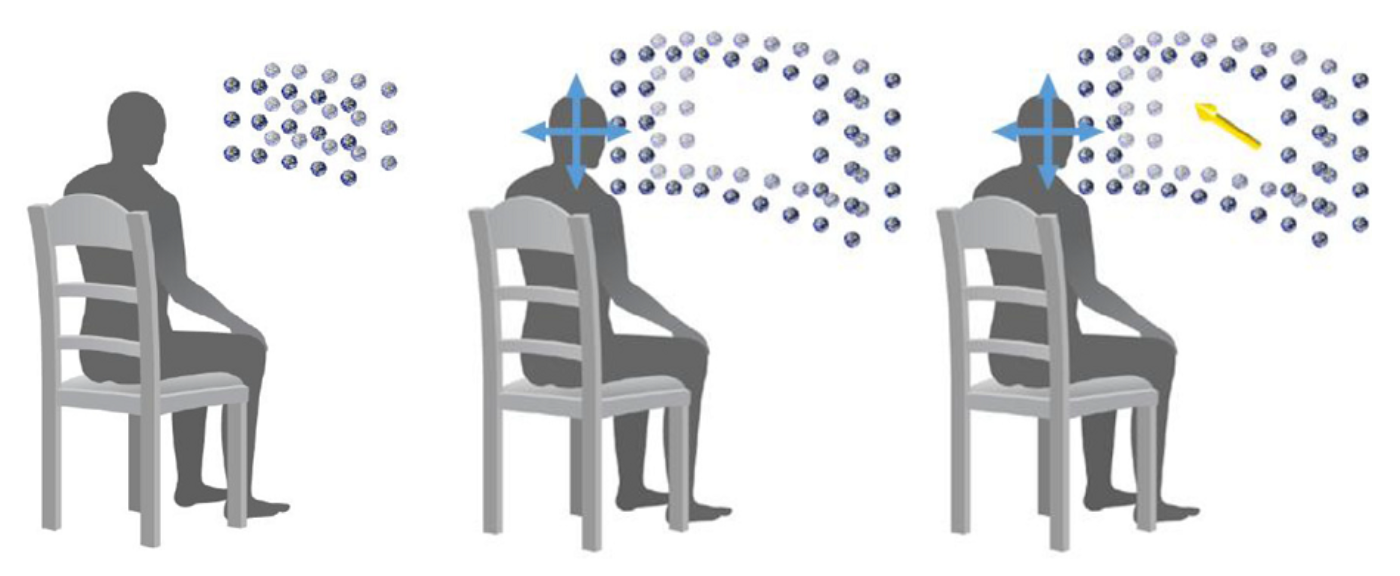Research
Hanyang University. Human-Computer Interaction Lab
Current Research
Research on Body Ownership Illusion Toward Humanoid Robot
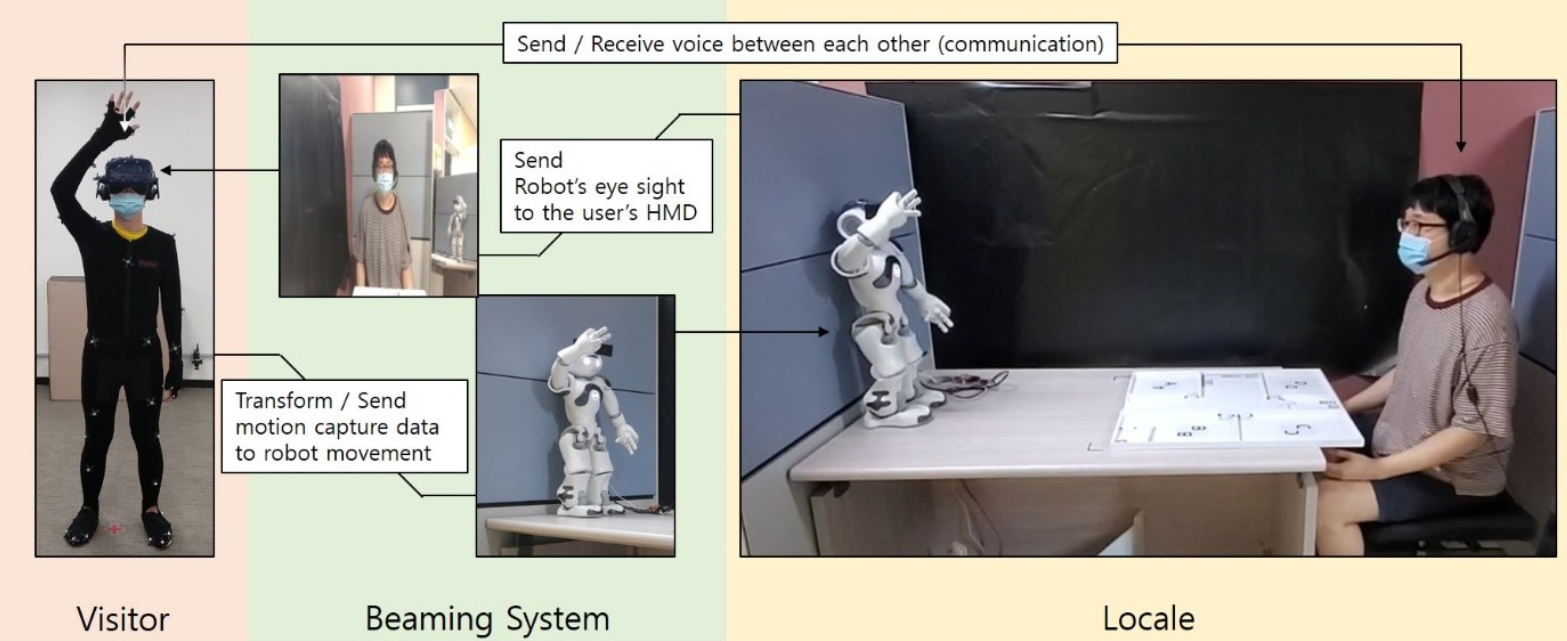
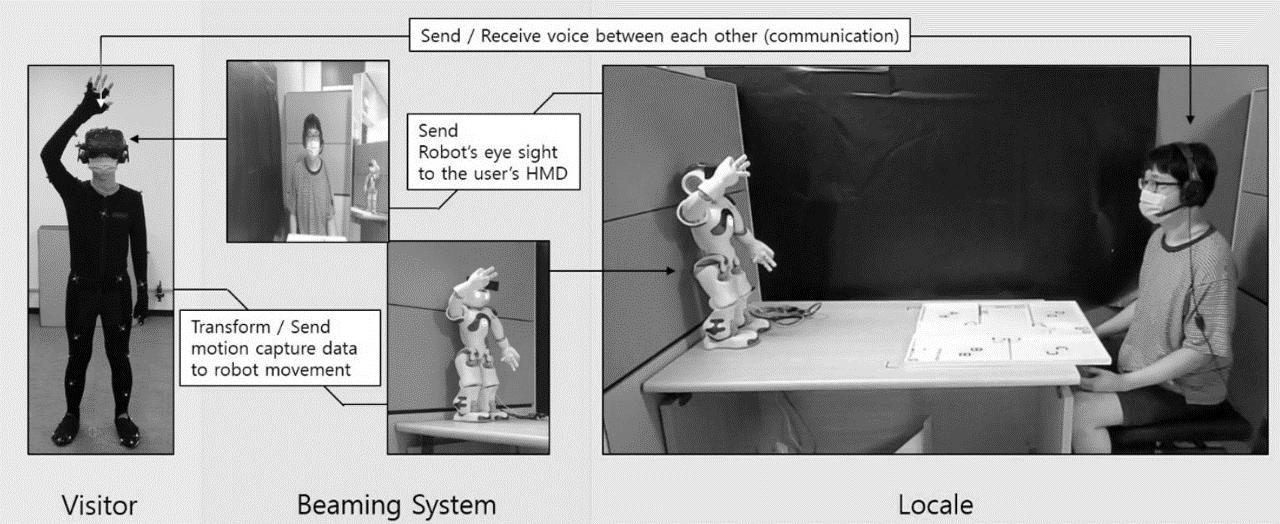
Research on Human-AI interaction

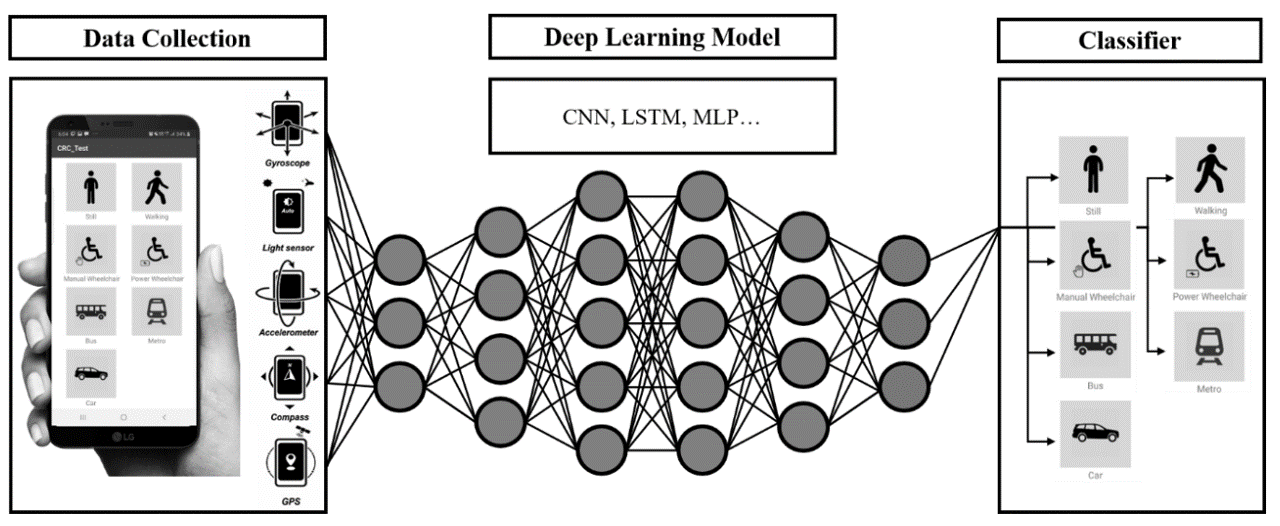
Research on Human-Vehicle Interaction

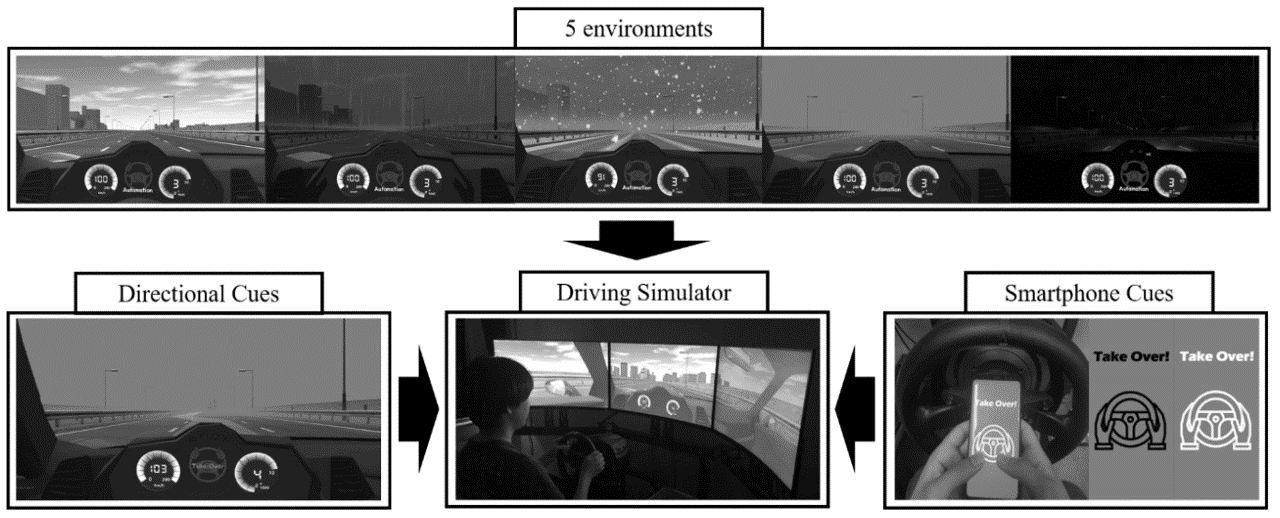
Research on VR Sickness

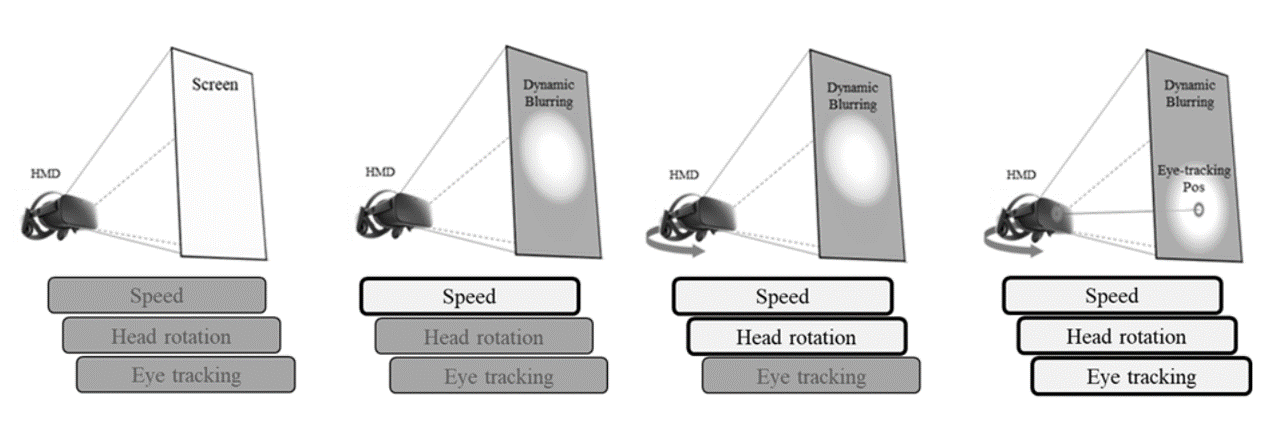
Research on Full-Body Ownership Illusion
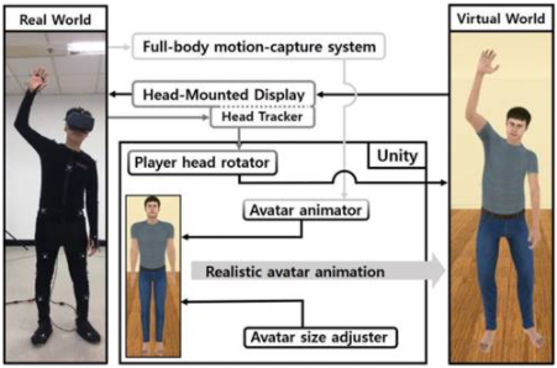

Research on Human-Robot Interaction

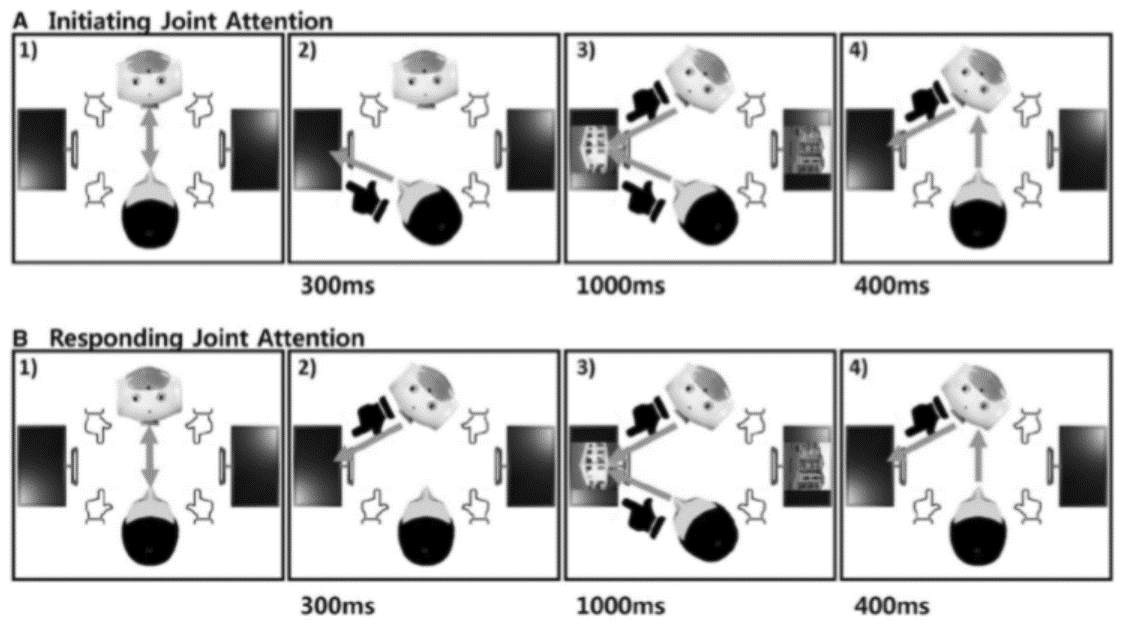
Research on Human Field of Regard and Field of View
